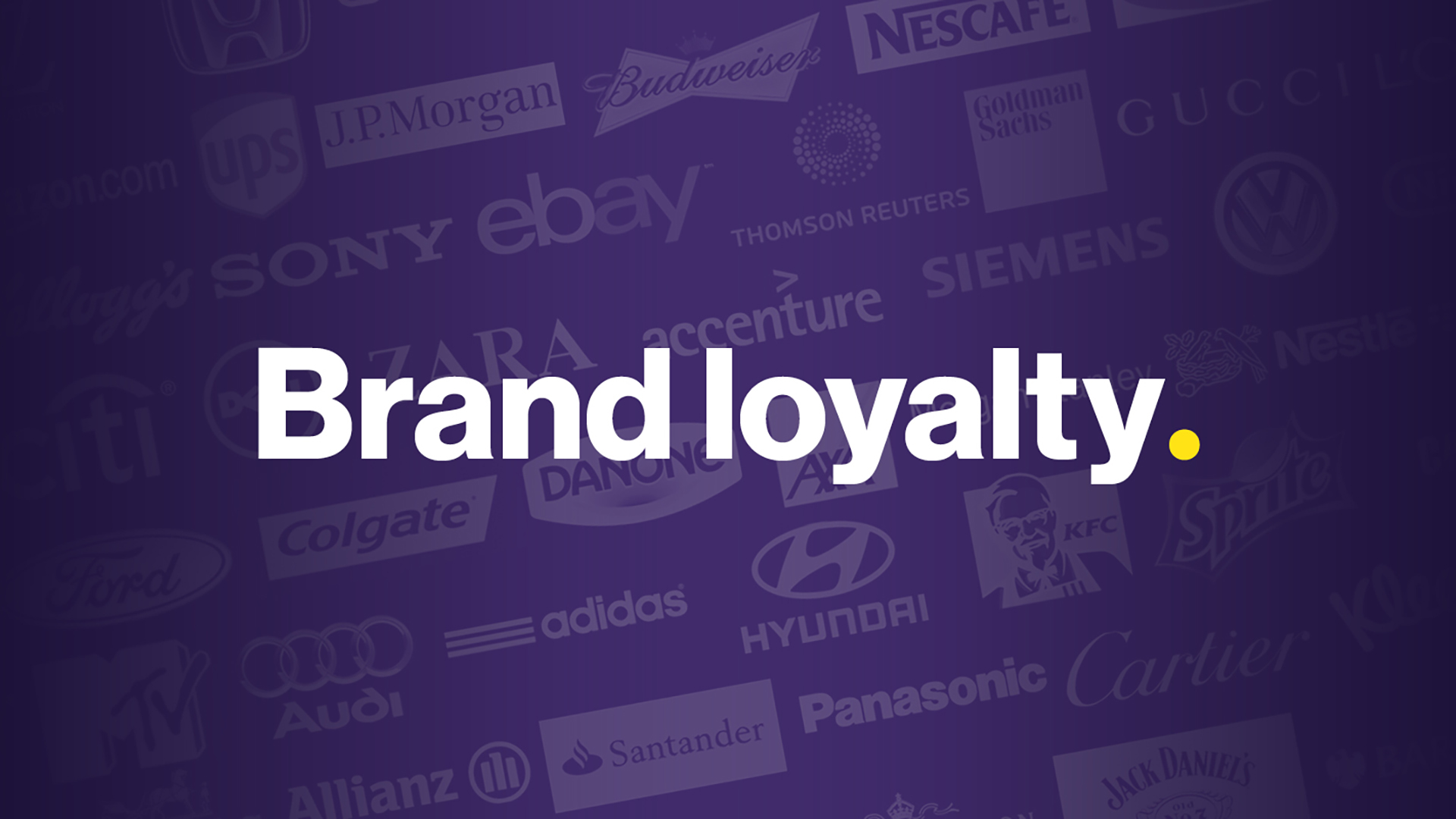I buy DeWalt — it’s built to last.
I choose Salomon trail shoes — they’re a perfect fit.
I like Apple — their customer service is impeccable.
I prefer Martin guitar strings — they twang while others twing.
Why?
Because I’m from Yorkshire, and I know what I like, and I like what I know.
Brand loyalty — What’s it all about?
In terms of definition, brand loyalty is the emotionally charged decision of a consumer to repeatedly purchase a particular brand. The consumer has the perception that the brand has the qualities that will meet their expectations and identifies with them on a personal level. High-quality products, exceptional customer experience, satisfying customer service, and shared values are all factors that influence brand loyalty.
Why is it Important to brands?
Brand loyalty helps in building a strong customer base and serves as a tool to achieve an edge over competitors.
Loyal customers of brands are less likely to get influenced by the marketing efforts of competitors. Companies that have built strong brand relationships have greater opportunities to increase their customer base. Loyal customers spend more with brands they have an affinity with and recommend them to friends and family. This creates more brand loyalty and gives the company a competitive advantage. 65% of revenue in most companies comes from repeat business. Loyal customers can help bring in new customers, they can become brand ambassadors, spreading brand awareness and providing free marketing. Existing brand loyalist purchase 90% more frequently than new customers.
I have a colleague who loves going to Housing Units because they are greeted at the door by a person only too happy to help, wearing a smart uniform and a big smile. Another goes to the same coffee shop repeatedly because they like a certain kind of biscuit they serve with a coffee. Those little touches create an emotional connection that keeps customers coming back for more and brings brand loyalty to life.
I was given a Mondain watch as a birthday gift and a few months later the leather strap broke. I took it back to the very famous department store it was bought from and asked if the strap could be replaced. They said they couldn’t help me without a receipt and suggested I contact Mondain. I bought an iPhone and crazy things started happening to the screen. I took it to the Apple store, made an appointment with a genius and they swapped it straightaway — no quibble, no receipt. In a recent survey, 83% of customers said they would switch brands because of a bad customer service experience. So, the moral of this story is — spend less money on your Christmas TV ad and more on customer satisfaction. Keeping an existing customer can be 5x more cost-effective than acquiring a new one.
The three components of brand loyalty
Emotional brand loyalty is constructed of affinity, attachment and trust.
Affinity
Customers find affinity in a brand when they enjoy what it has to offer. Liking a brand doesn’t necessarily mean being loyal to it. When a better offer comes along, customers who only like a brand tend to be attracted in spending their money somewhere else. Affinity alone doesn’t cut the mustard — without attachment or trust — it’s a poor man’s loyalty.
Attachment
Attachment is about making long-lasting decisions to connect with a brand. When a brand connects in a personalised way, it makes customers feel appreciated and part of something special. They can then feel confident in the company’s ability to meet their wants and needs.
Trust
Trust is the foundation of loyalty. Once trust is established, brands can have a more meaningful relationship with customers. Enabling them to build on trust, attachment and affinity in every channel of conversation and interaction.
By following these three main components of brand loyalty, customers and brands can go beyond just transactional relationships and create personalised brand experiences and meaningful customer engagements.
The world we live in has changed considerably over the past three years. This has created an environment where just a strong brand is no longer good enough and doesn’t deliver the competitive advantage it used to. Now more than ever it’s important for brands to increase investment in marketing and brand loyalty programs designed to retain their most valuable assets — the existing customer. Because, they know what they like, and they like what they know.



